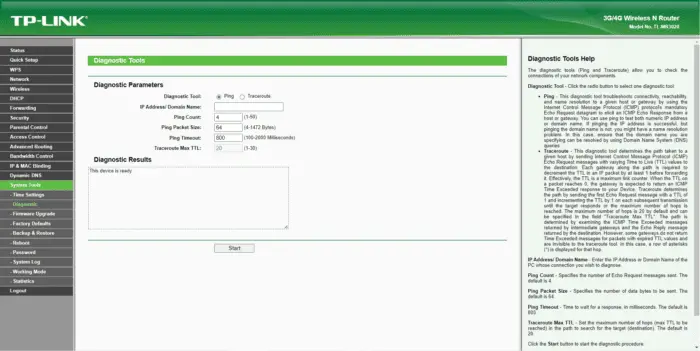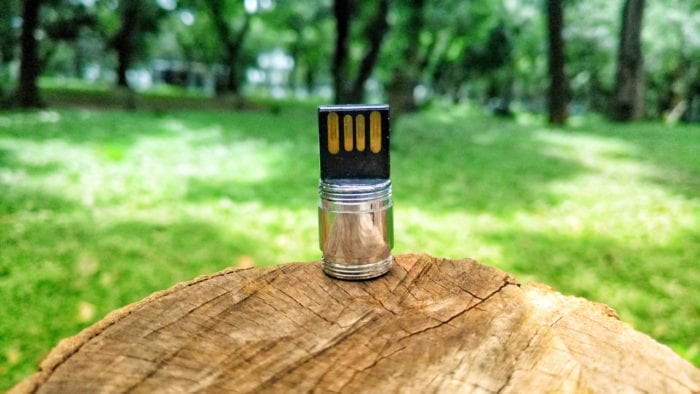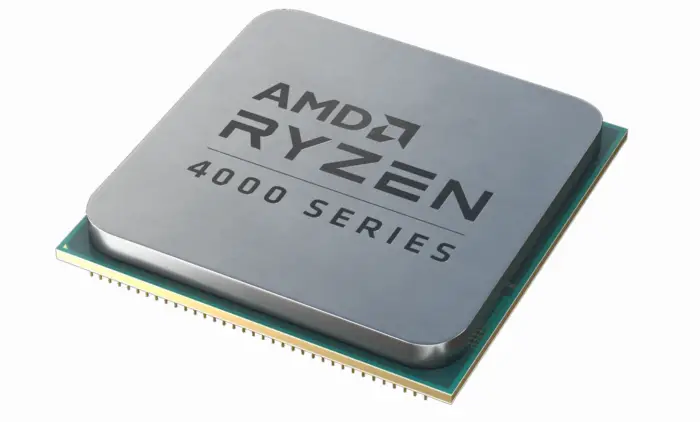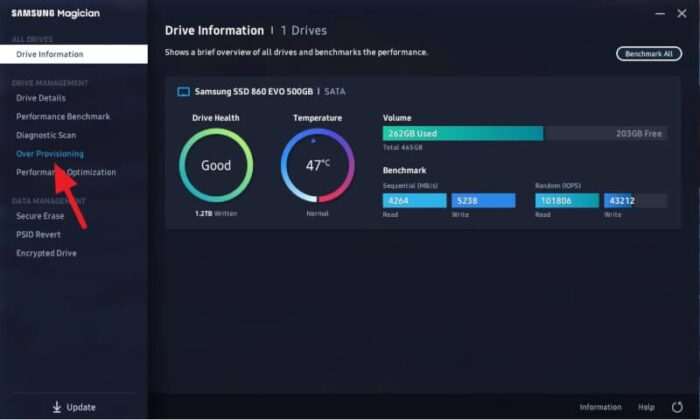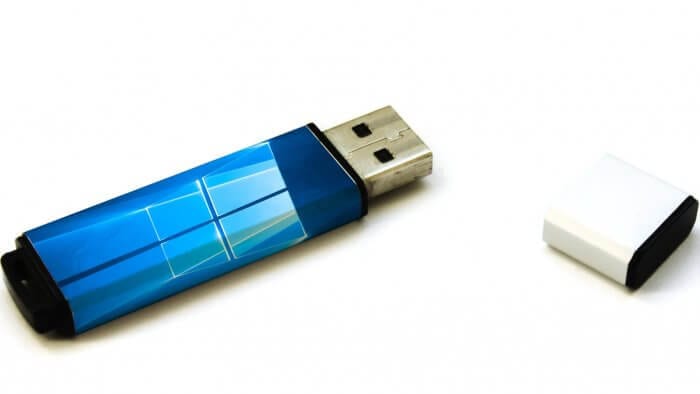USB or Universal Serial Bus is an industry-standard that initially developed for a computer connector, which capable of delivering power as well as a data transfer simultaneously. In 2020, this protocol is 24 years old, and we have found many versions of a USB connector. Especially in the smartphone world, the majority of phone splits between USB-C and Micro USB for their main port.
Both USB-C and Micro USB has its own advantages. Nevertheless, Micro USB must accept the fact that this technology is facing its death in a couple of next years because of its newborn brother, USB-C.
But, which one is the best? Take a look at USB-C vs. Micro USB in-depth comparison.
Table of Contents
First, know the main categories of USB

Before we are going into deep, you probably need to know the three major categories of USB connector since its debut in 1996. The first generation of USB is USB-A, then followed by USB-B which released mainly for a printer, and lastly, USB-C came along with much improvement.
USB-A – Commonly found on the laptop and personal computer. This connector type widely used by a peripheral company, such as a mouse, keyboard, and gamepad.
USB-B – Far less popular because it designed for printer and scanner.
USB-C – The most advanced connector available today, providing enhancement of speed while maintaining a smaller size. This connector used by modern smartphones and high-end notebook in recent years.
Meanwhile, USB 1.0, USB 2.0, and USB 3.0 is a variant of speed (higher version means higher rate). So, don’t’ be confused by the type of USB.

But wait, where is Micro USB?
Micro USB was originally a smaller version of USB-A and USB-B. There are Micro-A which based on USB-A, and Micro-B which based on USB-B.
The Micro-A is rarely used by electronic stuff since its confusing shape that may lead to the wrong plug-in side. Meanwhile, the Micro-B is generally accepted by the phone manufacturer and still being used today. In the modern days, when people say “micro USB”, they must be referring to Micro-B.
Now, let’s jump to each profile of USB-C and Micro USB.
USB-C: The future of wired connector

The USB-C was engineered with state of the art technology in order to achieve high-speed data transfer and power supply at the same time. The connector is slightly bigger than Micro USB because it has more pins for higher performance. The shape of it is almost like rectangular with a rounded corner.
Currently, USB-C only supported by the limited amount of operating system and gadget. This connector is only available for a smartphone that installed Android Marshmallow or above.
Furthermore, the USB-C was considered as a high-end connector for smartphones and gadgets since only a flagship phone can adopt this interface. However, thanks to the quick adoption, some mid or even lower phones now have a USB-C port on it.
Apple also takes the part of the USB-C revolution when they introduce 12″ MacBook Pro with only single USB-C port available on the machine. The USB-C is capable of transferring data up to 10GB/s.
As a bonus, you might be interested to watch this video. This is one of the best explanations of USB-C on the internet.
Micro USB: Like an old car but still doing its job

The Micro USB is not as fast as its successor, the USB-C. But still, this 2007-made connector is reliable enough for current smartphone standards.
This trapezium-like connector is a little bit smaller than USB-C, thanks to 5 pins compact design. The Micro USB is mostly used by a device with minimal transferring data, for example, a digital camera, GPS, flashlight, and probably your old featured phone also manufactured with this interface.
Unlike USB-C which already adopted by flagship products, Micro USB generally used by low-med smartphones since it was cheaper and adequate for an essential purpose; transferring data and delivering power at once.
The transfer rate of Micro USB can reach 480 MB/s and support OTG features. When you are copying small data like less than a gigabyte, you barely notice the differences between USB-C and Micro USB.
USB C vs Micro USB in table comparison
| Comparison | USB-C | Micro USB (B) |
| Introduced | 2014 | 2007 |
| Designed for | Tablet & Smartphone | Camera & Smartphone |
| Dimension | 8.4 x 2.6 mm | 8.5 mm x 1.8 mm |
| Speed | Up to 10 GB/s (USB 3.0) | Up to 480 MB/s (USB 2.0) |
| Max cable length | 3 M (9,8 ft) | 5 M (16,4 ft) |
| Max power | 20 Volts, 100 Watts | 2 Volts, 60 Watts |
| PIN connector | 24 | 5 |
| Symmetrical | Yes | No |
| Reversible charger | Yes | No |
| On-The-Go Support | Yes | Yes |
Conclusion USB-C vs. Micro USB
Both connector was a technological breakthrough in their time. The Micro USB connector is seven years older than its brother, old but not obsolete. While the USB-C device is getting cheaper every year, major phone makers forecasted will get rid of the Micro USB and start shipping products with USB-C interface.
Don’t worry if you are Micro USB user and not ready for the USB-C “revolution”, this connector is still reliable enough for daily usage. Data transfer demand would not increase significantly in the near future. The USB-C is designed to be future-proof and can last for a few decades until engineers found a new way to beat USB-C performance.
In my opinion, the USB-C will not have big changes since its debut. The pin will be 24 and still with the same design, but the speed would be improved dramatically and support even higher power. And the manufacturer is probably will name it “USB-C Next-Gen”, “USB-C V2” or something like that.
So, what do you think about USB C vs Micro USB? How was your experience using both connectors?
The Future of USB-C: What Lies Ahead?
USB-C’s Role in Universal Connectivity
USB-C is not just a connector; it represents the future of seamless connectivity. With its ability to handle high-speed data transfers, deliver significant power, and support a wide range of devices, USB-C is set to become the universal standard for electronic connections. The European Union’s mandate requiring USB-C as the standard charging port by 2024 further solidifies its position as the go-to interface for modern devices.
Emerging Applications of USB-C
As technology advances, USB-C is finding applications beyond smartphones and laptops. It is increasingly being used in:
- High-performance gaming consoles: Supporting ultra-fast data transfer and 4K displays.
- Electric vehicles (EVs): Facilitating efficient charging and data communication.
- Virtual reality (VR) headsets: Delivering immersive experiences with high bandwidth and low latency.
These developments highlight USB-C’s versatility and adaptability across industries.
Preparing for the Transition
For those still using Micro USB, the transition to USB-C may seem daunting. However, investing in USB-C adapters or multi-port hubs can ease the shift. Explore options like USB-C adapters on Amazon for a smooth upgrade experience.
Final Thoughts
As USB-C continues to evolve, its capabilities will only expand. Whether it’s faster data transfer speeds, improved power delivery, or broader compatibility, USB-C is poised to remain at the forefront of technological innovation. Are you ready to embrace the future of connectivity?


